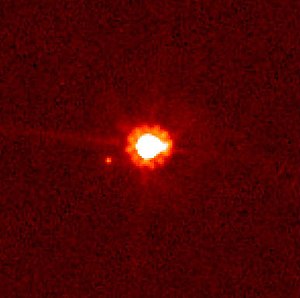Galileo observed many fascinating sights. One is the geography and topography of the moon,
 Image via Wikipedia
Image via Wikipedia
Photo (right) The Phases of Venus proves the Heliocentric (sun-centered) universe model by Copernicus.
Galileo immediately announced this newly found truth about the sun being the center of the universe, but the Catholic Church's support of Geo-centric universe never changed. Instead,
 Image via Wikipedia
Image via Wikipedia
galileo was put to house arrest until his death for teaching such information that they view as heresy.
Photo (right). Galileo facing the Roman Inquisition.
If Galileo was still alive today, he would have been very happy about the dramatic increase of knowledge and understanding of the universe compared to his days. But even today's knowledge about the universe is only a scratch of the things yet to be discovered.
![Reblog this post [with Zemanta]](http://img.zemanta.com/reblog_e.png?x-id=8fe5372d-357b-4f9c-b5a6-201b2b94af67)




![Reblog this post [with Zemanta]](http://img.zemanta.com/reblog_e.png?x-id=3983138f-d867-411d-bca4-8ee73a078dc7)




![Reblog this post [with Zemanta]](http://img.zemanta.com/reblog_e.png?x-id=bfaa9338-cc13-4ba7-809c-649b1268f18c)